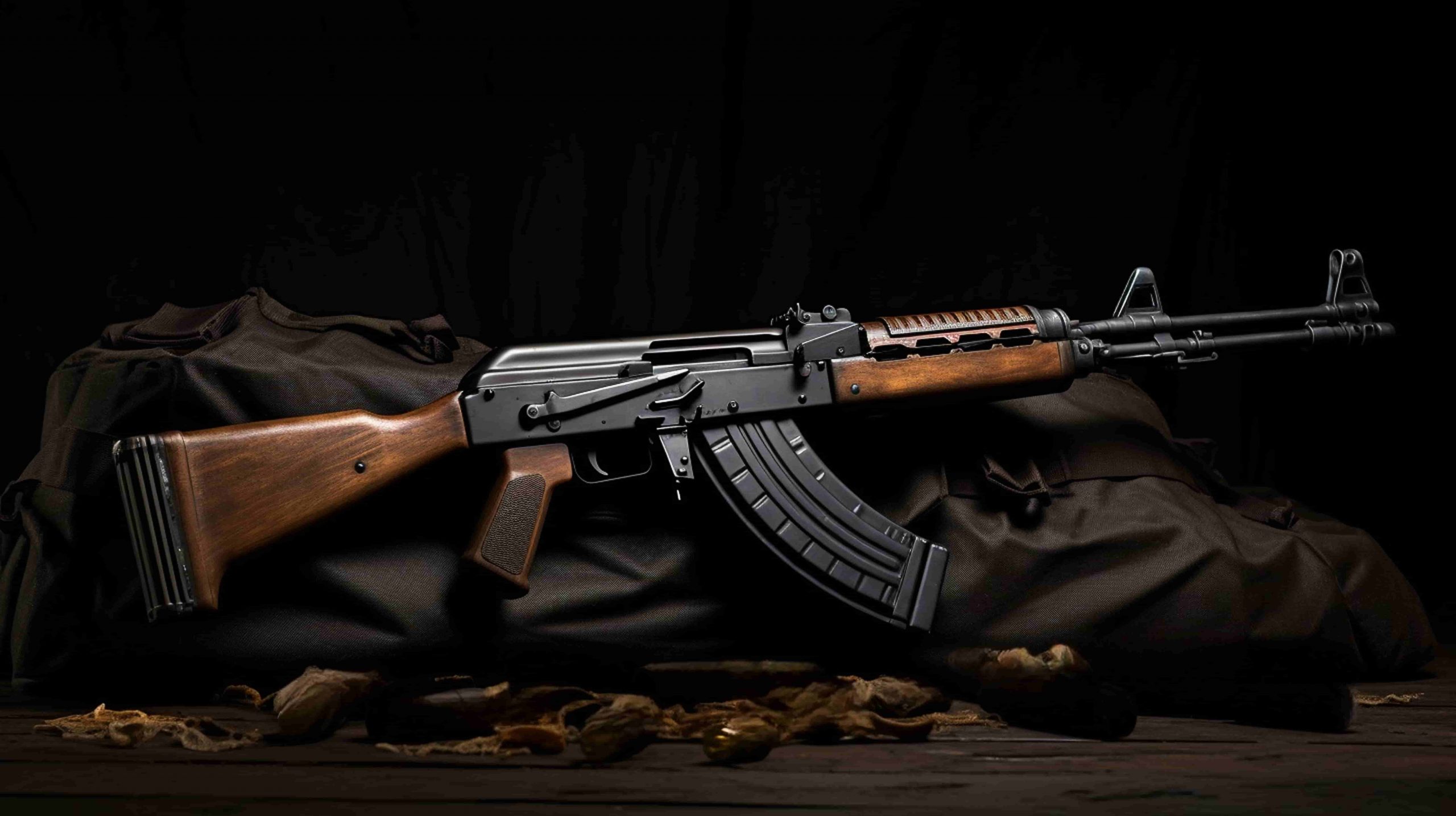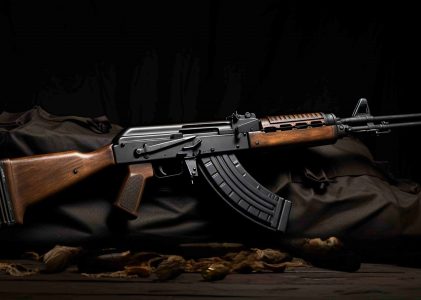Introduction
Military rifles have long captivated the interest of collectors, military history buffs, and gun enthusiasts alike. These weapons are more than just tools of war; they are tangible pieces of history that tell stories of battles won and lost, technological advancements, and shifts in military strategy. In recent years, there has been a notable increase in the number of individuals drawn to the world of military rifle collecting. This surge in interest can be attributed to the unique blend of history, craftsmanship, and the allure of owning a piece of history. Whether you’re a seasoned collector or a newcomer curious about where to start, this guide will offer insights into selecting the best military rifles for your collection and ensuring your collection speaks volumes about the past.
Historical Overview
The evolution of military rifles is a fascinating journey through history, reflecting advancements in technology and changes in warfare tactics. From the early days of flintlock muskets, which required complex loading procedures, to the advent of rifling that greatly increased accuracy, each innovation brought new capabilities to the battlefield. The 19th century marked a pivotal era with the introduction of breech-loading rifles, such as the Spencer and the Dreyse needle gun, which enabled faster reloading and higher rates of fire.
With the arrival of the 20th century, semi-automatic rifles like the M1 Garand revolutionized infantry tactics by providing soldiers with more rapid and sustained firepower. The post-war period saw the development of modern-day semi-automatics and select-fire rifles, incorporating lightweight materials and increased magazine capacities for improved performance. Each of these advancements not only shaped the outcomes of conflicts but also left a lasting impact on the design and function of rifles in use today. Collectors can trace the lineage of these transformations through the rifles they acquire, each piece offering a glimpse into a specific moment in history.
Factors to Consider in Rifle Selection
When embarking on the quest to build a military rifle collection, careful consideration of several key factors is essential. First and foremost is the historical significance of the rifle. Collectors often seek rifles that played pivotal roles in major conflicts or were issued to specific military units to ensure their collections reflect key moments in history. The rarity of a rifle also adds to its appeal; limited production models or those with unique features are highly sought after.
Condition is another critical aspect to evaluate. A well-preserved rifle with original parts and minimal restoration will generally hold greater value. Provenance, or the documented history of the rifle, can enhance its desirability, as it provides context and verifies authenticity. Collectors should also consider their budget and the potential investment value of rifles they wish to acquire. Balancing these factors will help in selecting rifles that not only enrich a collection but also align with the collector’s interests and goals.
Highlighting Iconic Military Rifles
Several military rifles have achieved iconic status among collectors due to their historical impact and unique characteristics. One such example is the M1 Garand, dubbed “the greatest battle implement ever devised” by General George S. Patton. This semi-automatic rifle was standard issue for U.S. forces during World War II and Korea, and its reliability and firepower made it a favorite among soldiers.
Another notable entry is the German Mauser K98k, renowned for its precision and durability. This bolt-action rifle served as the backbone of the German infantry during both World Wars and remains a symbol of engineering excellence. The British Lee-Enfield, with its fast-action bolt and large magazine capacity, also enjoys a dedicated following. Used extensively by Commonwealth forces, it played a significant role in both World Wars and conflicts in the latter half of the 20th century.
Collectors interested in modern rifles may consider the AK-47, designed by Mikhail Kalashnikov. With its simple design and unrivaled durability, the AK-47 has been employed in conflicts worldwide and is one of the most recognizable firearms in history. Understanding the context and features of these iconic rifles aids collectors in making informed decisions and appreciating the depth of their collections.
Collecting Etiquette and Legal Considerations
For military rifle collectors, adhering to collecting etiquette and understanding the legal landscape is paramount. Collectors should conduct thorough research on the laws and regulations governing firearm ownership and trade in their region, as these can vary significantly. Ensuring compliance not only protects the collector legally but also promotes responsible practices within the community.
Ethical considerations are equally important. Collectors ought to respect the historical and cultural significance of the rifles they acquire and avoid engaging in practices that may lead to the destruction or alteration of historically important artifacts. Transparent and honest transactions, as well as proper documentation, are essential for maintaining the integrity of the collecting community.
Networking with fellow collectors, historians, and experts is highly beneficial. These connections provide opportunities for learning, sharing knowledge, and verifying authenticity. By adhering to these principles, collectors not only preserve history but also contribute positively to the community.
Where to Find and How to Authenticate Military Rifles
Locating authentic military rifles requires diligence and discernment. Reputable sources include specialized gun shops, online auctions, firearm trade shows, and estate sales. Researching these venues and their reputations is crucial for ensuring the acquisition of genuine items.
Authentication plays a central role in building a credible collection. Engaging experts for evaluations and appraisals helps verify the authenticity and value of a rifle. Proper documentation, such as military markings, serial numbers, and provenance, should be thoroughly examined to confirm origin and history. Collectors should also educate themselves about common forgery techniques and red flags to avoid falling victim to counterfeit products.
Establishing relationships with trusted dealers and fellow collectors can serve as valuable resources for guidance and authentication. By rigorously vetting sources and incorporating expert input, collectors can confidently curate collections steeped in historical authenticity.
Conclusion
Collecting military rifles offers a unique opportunity to hold history in your hands. From iconic models that dominated battlefields to the intricate details that define their legacy, these rifles tell stories of conflict, innovation, and evolution. By considering historical significance, authenticity, and ethical practices, collectors can curate collections that resonate with their passion for history and firearms.
By engaging with this community and continually expanding your knowledge, you ensure that these artifacts serve as a testament to the past and a bridge to future generations. Whether you’re just starting out or expanding an existing collection, remember that each rifle is a chapter in the larger story of history. Keep exploring, learning, and sharing your discoveries with fellow enthusiasts.
If you found this guide helpful or have experiences to share, we’d love to hear from you. Your contributions enrich the collective knowledge of our community and foster meaningful connections among like-minded individuals.

